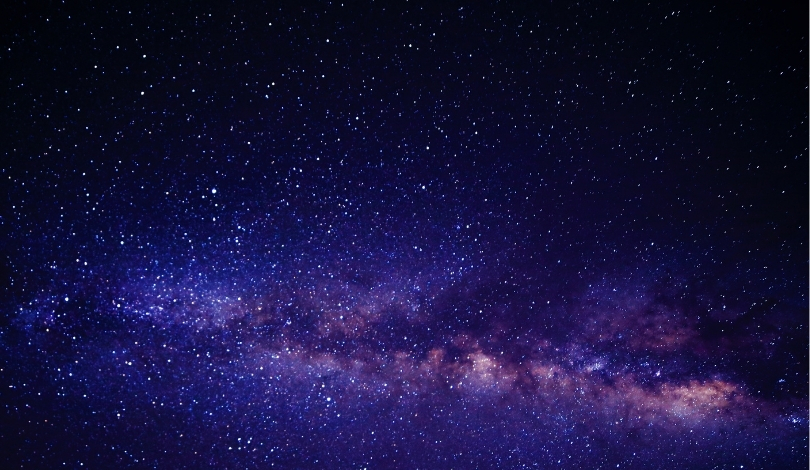An international group of astronomers has conducted significant research using the James Webb Space Telescope (JWST) on a massive, dormant galaxy known as GS-10578, or “Pablo’s Galaxy.” This galaxy, situated at a redshift of z=3.064, weighs about two billion solar masses but is not forming new stars. The study sheds light on the effects of supermassive black holes (SMBHs) on galaxy evolution, particularly how they impact star formation.
What are the findings regarding Pablo’s Galaxy?
The study’s findings reveal that the supermassive black hole at the center of Pablo’s Galaxy is critically influencing its ability to create new stars. According to co-lead author Francesco D’Eugenio, “
The black hole is killing this galaxy and keeping it dormant, by cutting off the source of ‘food’ the galaxy needs to form new stars.
” The research has shown that SMBHs generate active galactic nuclei (AGN), which can suppress star formation rates by ejecting winds of gas that disrupt the supply of cold star-forming material.
How does this galaxy compare to others?
GS-10578 is categorized as a quiescent galaxy, where star formation has significantly slowed down. The study indicates that the AGN is expelling hot gas outflows, which exceeds the amount necessary for new star formation. Other observations suggest that galaxies of similar nature also demonstrate similar wind patterns that correlate with a decline in star formation. The researchers maintain that while Pablo’s Galaxy offers valuable insights, one case is insufficient for broad conclusions about galaxy behavior.
What implications do these findings hold for future research?
The JWST has advanced the study of early galaxies, helping scientists answer previously unresolved questions. This telescope reveals a new dimension of observational data, showing how gas interactions can affect star formation in ancient galaxies. Researchers emphasize that the findings from GS-10578 may provide a chance to study quenching processes in other massive galaxies, allowing for a broader understanding of galaxy formation and evolution.
Research into Pablo’s Galaxy demonstrates the JWST’s capability of enhancing insights into the large-scale cosmic structure and the mechanisms governing star formation. While the findings present significant observations, ongoing research is necessary to confirm the connection between SMBHs and galaxy behaviors. Balancing between observational data and theoretical models will be crucial for grasping the full extent of AGN feedback mechanisms in various galactic environments.










